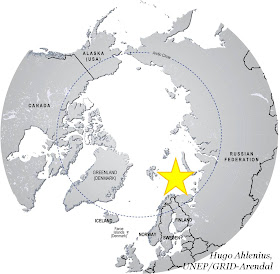Scott Vulstek is one lucky guy: he gets to play Maury Povich on a daily basis, only with red king crabs (Paralithodes camtschaticus) instead of people. This means all the baby-daddy anticipation with none of the dramatic running off-stage (which is actually quite entertaining... if you're on break at work in a factory and you are bored... not that I know from experience or anything). I'll let Scott explain more.
Degree: MS, Fisheries
Current City: Juneau
1. Describe your project, in 4 sentences or less.
My project involves describing the spatial and temporal population genetic structure of red king crab in Alaska. I am looking at eleven populations that range from Norton Sound down to Southeast Alaska. I am also studying female red king crabs and their broods to look for any evidence of multiple paternity. That is, are female red king crab mated by more than one male in a given season?
male red king crab X: you are NOT the father!
2. Your interest in this project is more focused on the genetic work than the king crab aspect. Why king crabs and why Alaska?
King crabs are pretty gnarly critters and I have always wanted to come to Alaska. When I got the option to check out both, while doing some interesting population genetics work, I had to take it. I’m glad I did.
3. There has been seeding of king crabs in Russia. Can you tell us more about that and how you think it may or may not impact the population dynamics of North Pacific king crab stocks?
Red king crab stocked in Russia are moving west into Norwegian waters and so are not likely to directly affect stocks in the North Pacific. The crabs are having some serious negative impacts on the environment in the Barents Sea, however, and it shows us the damage that introduced species can do.

the Arctic, with the Barents Sea starred
(map from here)
4. Genetic work with king crabs can be challenging. How have you overcome these challenges and what do you do to unwind?
Red king crab, and invertebrates in general, can be very challenging to work with when it comes to population genetics. I’m lucky to be in a lab with some smart people and I can usually bounce problem solving ideas off them. If that doesn’t work I try to approach the problem from a new angle. Fly fishing is my favorite way to unwind. When I can’t do that I like to go hiking and camping, or tie flies.
5. What is your favorite piece of crab paraphernalia?
My favorite piece of crab paraphernalia is a huge crocheted crab that my mom bought from some old lady she works with.
crochet me crab-crazy!
Thanks Scott! Good luck with the genetics work, and fly fishing!




No comments:
Post a Comment